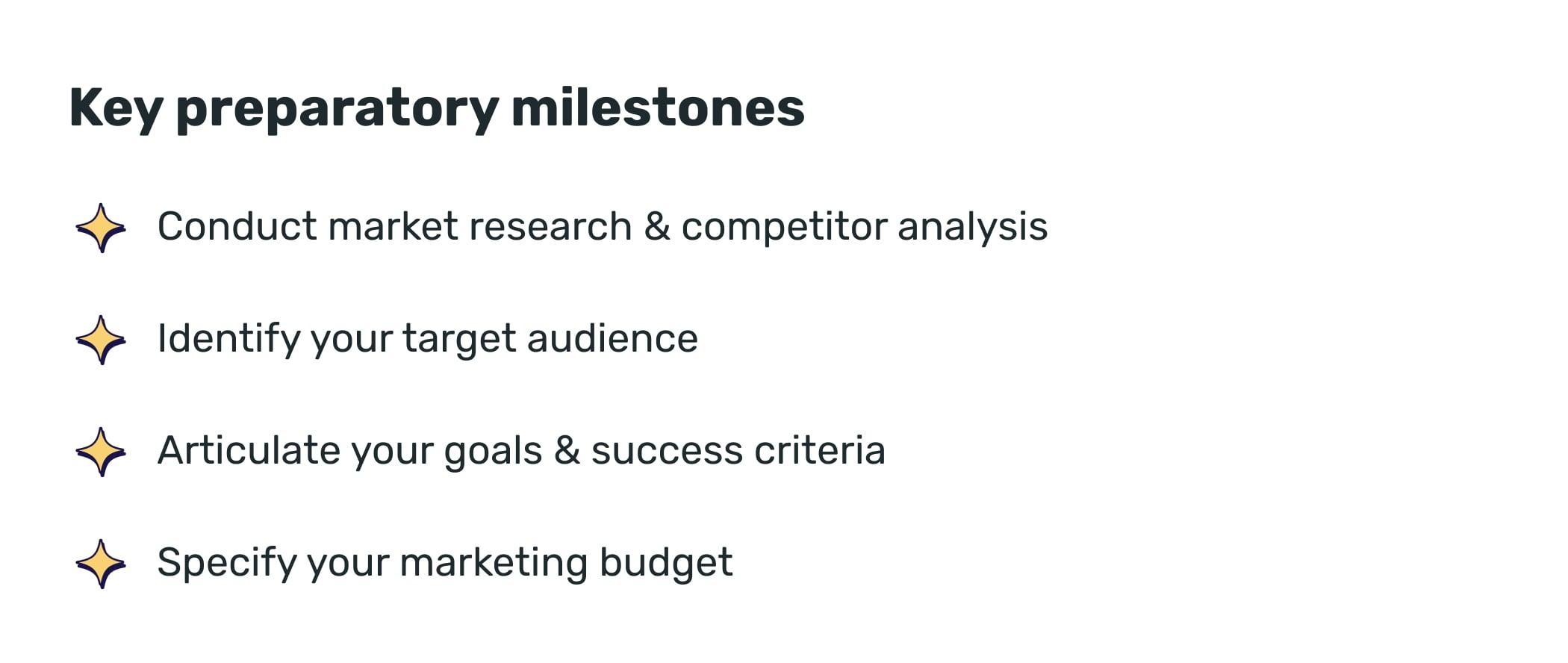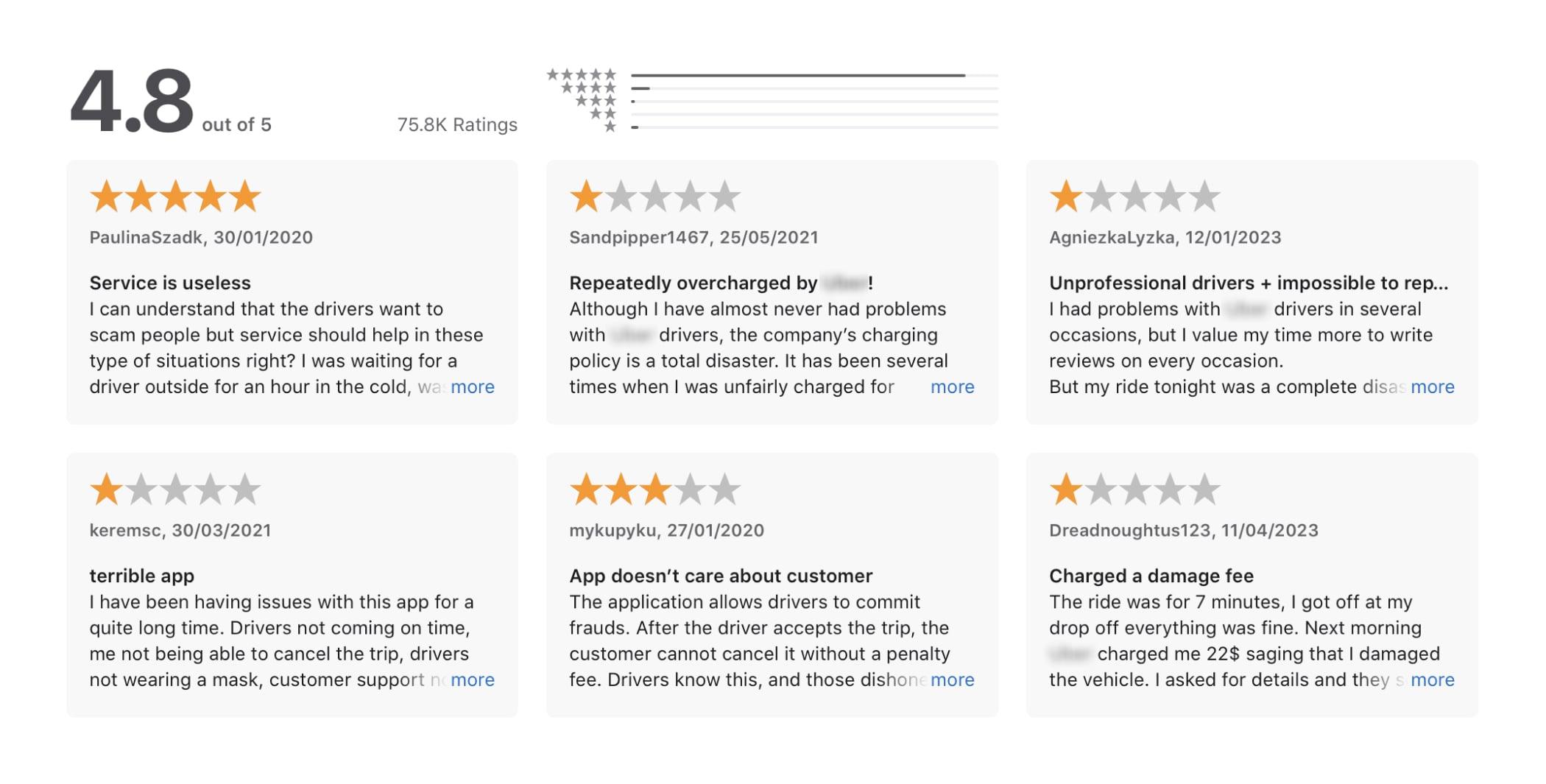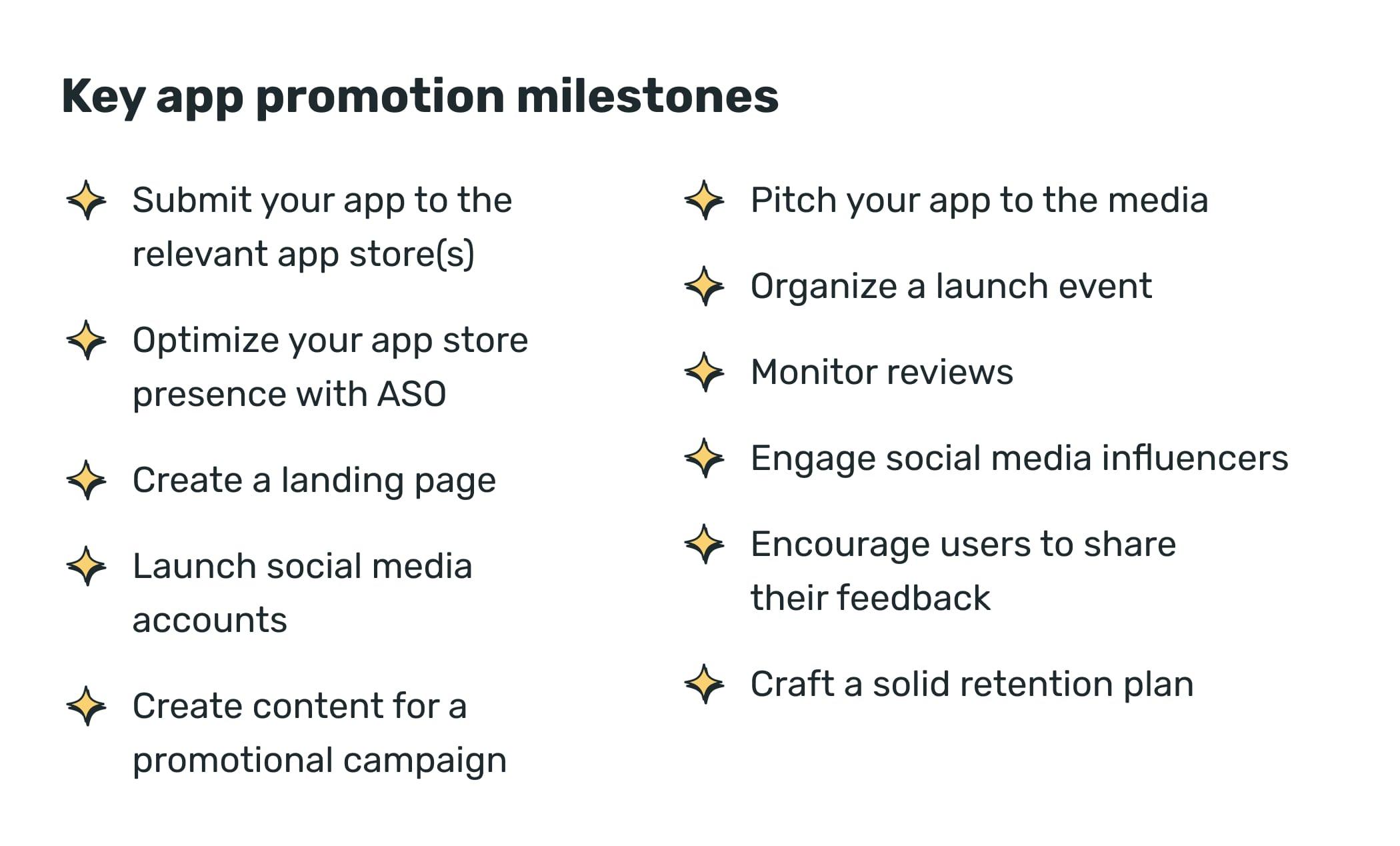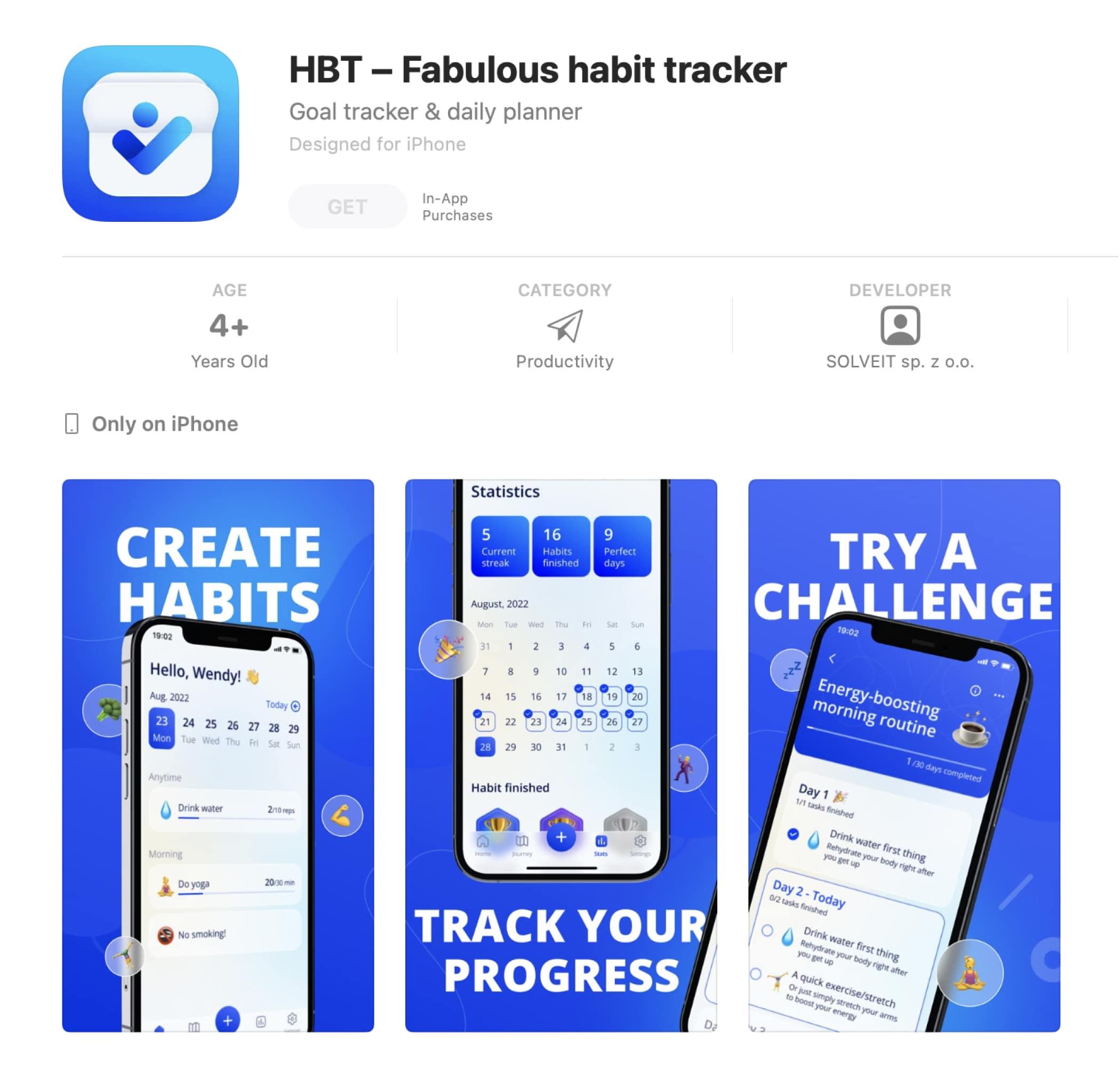Preparation stage: getting ready for the app launch
Careful preparation also known as a project discovery phase is an integral part of the successful app launch. It helps to clearly identify product requirements, minimize development risks, and stay within budget and timeframes.

Step 1: Identify your target audience
When you know who you’re addressing, it’s easier to draft appealing messages. Otherwise, it’s like shooting arrows in the dark – you might hit something, but the chances are really small.
The discovery of your potential users may start by looking into the target audiences of your competitors. You need to gather demographic data, such as age, gender, location, and income level to learn people’s interests and pain points. Afterward, segment the audience by creating buyer personas based on common characteristics, preferences, goals, challenges, and behaviors.
Identifying a target audience before developing an application helps to tailor in-app functionality to users’ needs as well as increase the chances that your promotional campaigns will hit the spot. Isn’t it a perfect scenario when users can quickly recognize your app’s value and stay satisfied with its use?
Step 2: Conduct market research & competitor analysis
Launching an app can feel exciting and confusing at the same time, especially for first-timers. But how do you ensure your app idea has a smooth path to its release? Conduct market research and competitor analysis at the beginning to avoid frustration and unpleasant discoveries in the middle (or even worse, at the end) of the development process.
Market research: Analyze market trends and industry reports to gain a comprehensive understanding of the market landscape. Plus, you can conduct surveys, interviews, or focus groups to better understand who may be interested in your app and unmask their needs, preferences, and behaviors.
Competitor analysis: Identify your main competitors and study their apps, user experience, pricing strategies, and marketing approaches. This is the best way to estimate their strengths and weaknesses and find market gaps you can tap into. This way, you’ll be able to draw up your unique selling points and spot-on marketing hooks that would differentiate you from others.
“If you are planning to launch their application, I recommend you to read reviews on your competitors’ applications in the stores. There, you may find a lot of useful information about what an audience similar to yours likes or dislikes. In reviews, users often complain about inconvenient functionality or the absence of certain important features. Conduct such an investigation to discover valuable insights.”
— Maria Zmachinskaya, Lead Marketing Manager

Step 3: Articulate your goals & success criteria
Figuring out your marketing goals and success criteria is one of the most crucial considerations that will further guide the development and marketing efforts. How to launch an app that would deliver value to your target audience? Are there any specific objectives you want to achieve? Visualizing the desired outcomes helps you stay focused on your strategies and track progress accurately.
Identify the key performance indicators (KPIs) that align with your app’s goals. The only concern here – never set random goals based on just one app idea or assumption. Playing a guessing game is a losing game for the mobile app launch, so make sure your goals and KPIs are realistic and rest upon thorough market research.
Also, your targets should be quantifiable for each identified metric. For instance, aim to reach a specific number of downloads within a certain timeframe or achieve a particular revenue milestone within a specified period. In other words, be as specific in your criteria as possible.
Step 4: Specify your marketing budget
Budgeting has always been a sensitive matter that requires careful consideration to ensure effective promotion and user acquisition. So when you craft your financial roadmap for app development, it’s vital to devote a decent portion to the marketing needs. This empowers you to stay on track, prioritize efforts, and manage resources effectively.
“It’s no secret that it’s almost impossible to successfully launch an application without having a decent marketing budget. It is important to keep it in mind during the process of app development: prioritize marketing budget over the development of low-priority features. You will be able to return to them once you successfully launch the application and start getting the first revenue.”
— Maria Zmachinskaya, Lead Marketing Manager
Here’re a few indicators that will help you understand how much money you should invest in the marketing strategy:
- Rely on your marketing goals. Consider the scope and scale of your app launch, target audience, and desired reach.
- Research various marketing channels. Since you already know your target audience, explore channels and platforms they hang out in. Once you detect the relevant ones, evaluate their costs, effectiveness, and potential ROI.
- Analyze industry benchmarks and competitor strategies. With this information, you’ll get a sense of the typical marketing investment in your niche.
It is essential to strike a balance between investing enough to generate visibility and engagement while being mindful of financial constraints. If you don’t have enough resources, consider how you can attract more investment or reprioritize your strategy.
At this stage, you may also study various app monetization strategies. Some of them, for example, in-app advertising, may become an absolute win-win for your case – generate profit (if implemented inside your app) and be a nice promotional channel for your app (if placed in other apps).
Action stage: MVP development
Step 5: Design, develop, and test the first version of your app
MVP is a critical milestone of any successful product launch. Not only this approach helps not to overspend the budget, but also launch your app faster and get the first revenue. To make sure that MVP development is done right follow this tips:
- Implement best practices and modern trends of UI/UX design. Your app design should be simple, intuitive, yet eye-catching. Also, it’s important to check out Human Interface Guidelines for Apple devices and Material Design for Android.
- Choose the most appropriate framework for your app based on your requirements and resources. For example, if you want to minimize development budget and time while keeping the quality high, Flutter may be your best choice.
- Find a trustworthy and experienced development agency like SolveIt that has multiple and recent client reviews (check Clutch) and an extensive portfolio. Such a partnership will guarantee a problem-free project management to launch your MVP right in time and without budget extensions.
- Test your app on various devices and operating systems and fix any performance issues before the launching. Since app stores prioritize bug-free apps, investing time in rigorous testing is crucial for successful submission.
Promotion stage: launching an app
When the development of the application is over, it’s time to release it to the public. Further, we’ll discuss several steps to ensure a successful app launch.

Step 6: Submit your app to the relevant app store(s)
Each app store has its own submission process, so it’s important to explore their guidelines to submit your app successfully. Review technical, content, and design requirements to ensure your app meets the necessary criteria.
To complete this process, gather all the required assets for submission, such as app icons, screenshots, promotional images, and app descriptions. All the assets should meet the required dimensions, file formats, and quality standards.
Step 7: Optimize your app store presence with ASO
Simply submitting your app to the app store is not enough. If you want to attract relevant users and drive downloads for your mobile app, don’t forget about App Store Optimization (ASO). ASO involves strategically optimizing various elements of your app store profile to enhance its ranking in search results and capture more attention.

Here are three valuable ASO tips to help you improve your app store presence:
- Keyword optimization: conduct thorough keyword research to identify high-volume keywords that users are likely to search for and authentically incorporate them in your app title, subtitle, description, and keyword field.
- Compelling description: write a vibrant yet short app description that highlights its unique selling points and communicates the value proposition, key features, and benefits. Utilize bullet points, formatting, and compelling language to make the description visually appealing.
- Catchy visuals: Use high-quality images to showcase your app’s interface, features, and user experience.
Step 8: Create a landing page
Showcasing your upcoming product through an eye-catching landing is a great introduction to your app and a compliment to other marketing activities. If you already have a website, you can create a dedicated page about the app on it. If not, include a well-designed landing into your scope of marketing tasks.
You can add interactive elements such as call-to-action buttons, forms for signing up or subscribing to updates, or interactive demos that allow visitors to experience a preview of your app’s interface. These engagement opportunities not only enhance user experience but also increase the likelihood of conversion and future app usage.
“It is reasonable to develop and publish your product landing page at the application development stage. Landing page will enable you to launch and test advertising campaigns, warm up the interest of the audience and collect the database of potential users. When you publish your application in the stores, you will be able to send a promotional newsletter that your application is available to this database, thus attracting the first adopters.”
— Maria Zmachinskaya, Lead Marketing Manager
Step 9: Launch social media accounts
If you haven’t claimed your online presence with a social media account yet, we recommend urgently fixing this oversight. Currently, social networks are a bridge to a multi-million audience. So why lose the opportunity to tap into these platforms and extend your reach to more potential users?
Social media allows you to establish and strengthen your brand awareness by consistently posting engaging content, sharing updates, and interacting with your audience. In the long run, your social media accounts can serve as a gateway to drive traffic to your app via direct links to the app store and interact with users for feedback.
What is more, social media platforms have cool tools for targeted advertising. As such, create accounts in those social networks that are most popular among your target audience and adapt your marketing strategy accordingly.
Step 10: Create content for a promotional campaign
Preparing content before your product goes live can ensure a smooth and timely execution of your promotional activities. To effectively communicate with your target audience, define your campaign’s key messages and outline the types of content you want to create: blog posts, emails, demos, infographics, landing pages, and more.
Then, proceed with developing a content calendar with teaser content that provides a glimpse of your app’s features and user experience: pre-scheduled posts, announcements, highlights, and countdowns to the app launch. In your content, focus on addressing users’ pain points via captivating visuals, intriguing headlines, and compelling copy to provoke excitement and buzz.
Step 11: Pitch your app to the media
Having some press coverage around app launching? It is a valuable opportunity to position your app as a notable solution in the market and pitch it to users, investors, and industry influencers.
In fact, mentions in trusted media can also lead to increased app downloads, user engagement, and even partnerships with stakeholders. By effectively pitching your app to the media, you can amplify your app’s visibility, create a positive brand image, and ultimately drive success.
Step 12: Organize a launch event
How to loudly declare your mobile app launch? Right, throw a party! A well-thought launch event provides an opportunity to showcase your app in a dynamic and interactive way, allowing attendees to experience its features firsthand. In addition, it’s a nice way to attract additional media attention.
Depending on your budget and strategy, it can be something extravagant and big, or you can share an intimate experience by hosting a webinar-style digital event. The only limit is your imagination.
Apart from presenting your product to the world, such an event has another essential advantage – networking. During the presentation, you can make useful contacts, engage with potential users, and gather valuable feedback to further possible improvements.
Step 13: Engage social media influencers
Influencer marketing has become a powerful tool recently, and many brands leverage its power for their good. Engaging influencers to promote your app can come in handy to establish credibility and trust among their audiences. Their endorsements can greatly influence the decision to download and use your app.
Search and reach out to influencers who have expertise in your niche and align with your target audience. Within your collaboration, you can offer influencers exclusive access to your app or promotional codes in addition to compensation, thus increasing their motivation to work with you.
When working with social media influencers, remember to clearly share your vision, guidelines, and expectations, as well as encourage open brainstorming. No one knows their audience better than influencers themselves so let them communicate with their audience in an authentic way.
Step 14: Encourage users to share their feedback
Getting unbiased reviews is crucial for improving user experience and maintaining a positive app reputation. That’s why you should welcome any suggestions and tips from your users. To gather valuable feedback, don’t miss the opportunity to ask for it.
For example, offer a user-friendly feedback mechanism within the app such as pop-up messages and dedicated feedback forms, or provide rewards to motivate users to share their experience in app stores and social media.
The main takeaway here – make it easy for users to provide feedback by keeping the process simple and straightforward.
Step 15: Monitor reviews
Trying to foster a positive relationship with your users? Actively engage with them on social media platforms and app store reviews. Monitor and respond to their comments, addressing concerns and requests, thanking them for positive feedback, and providing helpful solutions.
By demonstrating that you value user opinions and are committed to delivering a great experience, you contribute to the long-term success of your app.
Another way to get sincere feedback is through social media listening. Explore what people say about your app or company in the media space to learn even more insights into your app performance.
Step 16: Craft a solid retention plan
Retention strategies focus on encouraging users to continue staying in your app over time. To achieve that, start by analyzing user behavior and understanding why they use the app to create personalized experiences.
Leverage push notifications and consider offering incentives such as discounts, loyalty programs, or rewards for returning customers. Additionally, make sure you have an effective customer support system so users can get help when needed and quickly solve any issues.
Finally, don’t forget about regular updates as keeping the content fresh will encourage people to come back for more!
Summing up
As a startup owner exploring how to launch an app, you should realize that it’s not a one-time event but an ongoing process that requires continuous monitoring, improvement, and adaptation. We hope that this post has clarified major details and set a strong foundation for your successful app launch.
![How to launch an app in 2023 [16 proven steps]](https://static.nachasi.com/wp-content/uploads/2023/08/64d48c887dc05_launch an app.png)